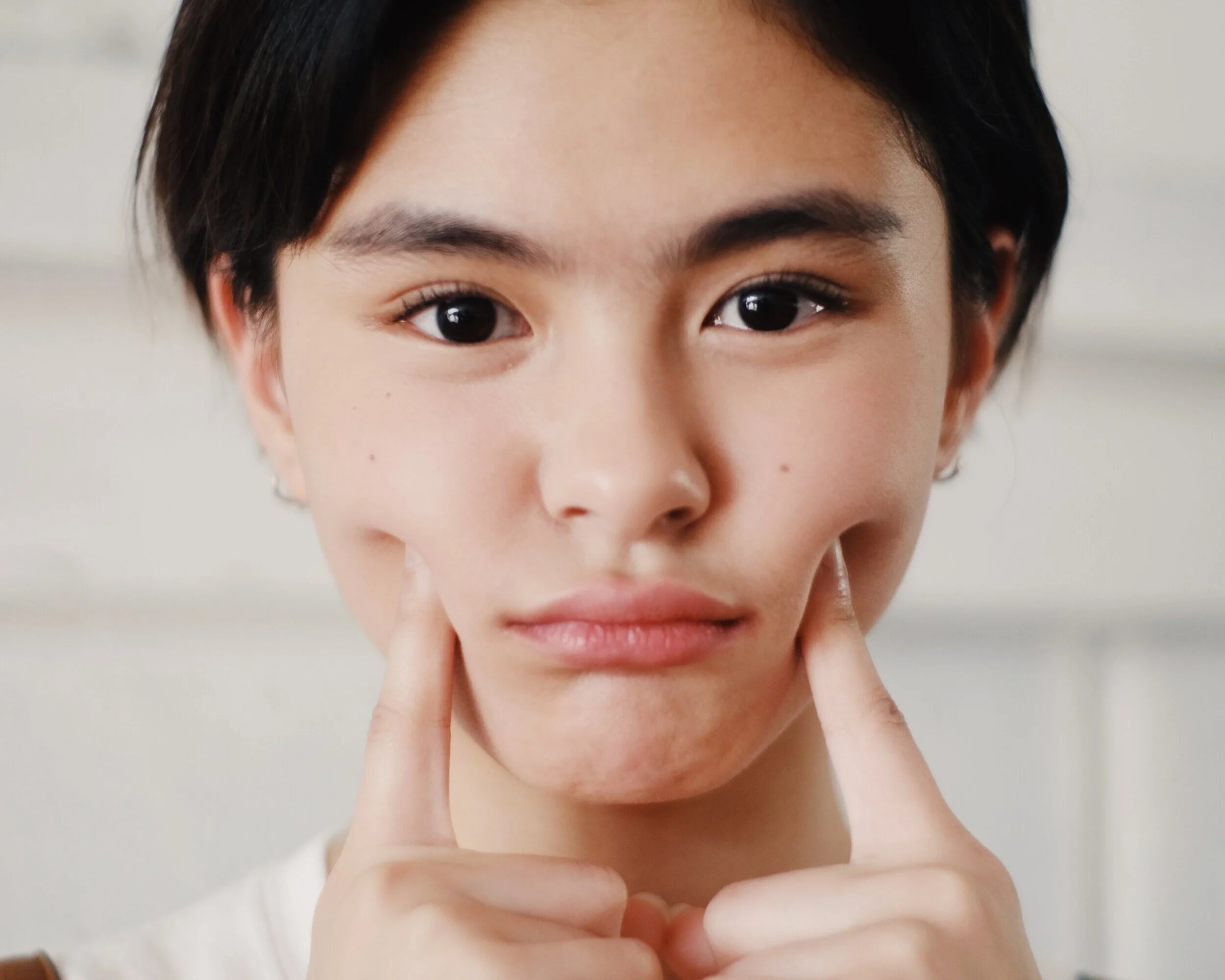Blackheads? They might actually be something else!
Does your nose fill up with little black dots, or what you might think are blackheads? Most likely, these are something different: sebaceous filaments.
What, now?
Sebaceous filaments are structures within the hair follicle that allow sebum (oily, waxy substance) to flow to the surface of the skin. These are totally normal. They get filled up because of overproduction (or just normal production, TBH). And because they are also dark in color, they’re often confused with blackheads or appear as enlarged pores.
(This beautiful person doesn’t really have them. Or at least they’re not visible through the camera. But I didn’t have a better picture 🤷♀️)
How can you tell them apart?
There are three main factors that differentiate sebaceous filament from blackheads: size, color, component.
Sebaceous filaments are thinner and can often also appear hair-like; whereas blackheads are bigger
Blackheads are darker
When extracted, sebaceous filaments come out like little worms. Blackheads have a denser consistency when the sebum comes out
** Plus, you mostly only find sebaceous filaments in the center of the face (mainly in the nose, some in the cheeks, and chin). And blackheads are considered non-inflammatory acne, sebaceous filaments are not acne.
Why am I blessed with these?! 😩
TBH, some people just have a higher tendency to develop sebaceous filaments. It's mostly associated with an overproduction of oil. You can help reduce them, but most likely will not eliminate them completely. It sucks, I know. Even extracting them is sometimes useless because they'll come back soon after. But I'll admit that they're definitely fun to extract. Just don't do it yourself unless you're properly trained as this can cause scarring.
Will they go away?
Not exactly, but certain ingredients will help reduce their appearance/ slow down their development. Although they're different from blackheads, topical treatment is actually very similar. Remember that this will vary from person to person and that what works for someone else might not be right for you. Trial and error is always my advice.
Exfoliating (but don't overdo it. You don’t need all of these, choose one or two, depending on the product):
Enzyme masks — once or twice per week
Salicylic acid (BHAs) — depending on the concentration you can either use it daily or weekly (the higher the % in the product, the more irritating so be careful)
Sulfur mask — once a week
Retinoids — depending on the concentration you can either use it daily or weekly (the higher the % in the product, the more irritating so be careful)
Hydration - keep using your moisturizer regularly!
Niacinamide serum (or it can be in your moisturizer) - use daily
Antioxidants like Vitamin C — every day in the morning
Having sebaceous filaments doesn't mean your skin is dirty. But properly cleansing your skin every day is always a must, so don't skip on this.
I prefer to use an oil based cleanser to balance the skin and maintain moisture. A good practice is to remove with a gentle washcloth. But if you absolutely hate the idea of an oil cleanser (please contact me, I'll change your mind. It's the best), use a creamy cleanser or a VERY gentle gel cleanser.
** Stripping your skin from any oil and only using drying ingredients (like foaming cleansers) is not necessarily the answer. You'll often see sebaceous filaments develop because of dehydration in the skin.
Anything else?
✨ Always remember to wash your face
✨ Stay away from scrubs. I know they're tempting but will only make everything worse because of irritation and stripping
✨ Keep your moisturizer! So important to maintain a healthy skin barrier - the opposite will only make things worse
✨ Don't forget your daily SPF. Just make sure it's non-comedogenic (doesn't clog your pores)
